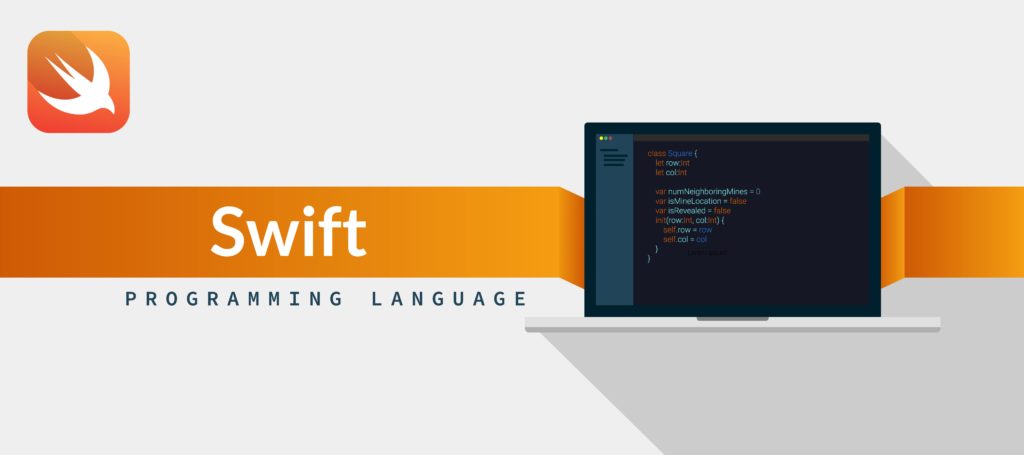(Swift for Beginners)
Swift Ternary Conditional Operator
In this article, you will learn to use conditional or ternary operator to alter control flow of the program.
The ternary conditional operator "? :" is a shorthand for if-else statement.
The syntax for ternary conditional operator is:
condition ? value1 : value2
How ternary conditional operator works?
Here’s how this works
- If the condition is true, it returns value1.
- If the condition is false, it returns value2.
The above equivalent code using if – else is:
if condition {
value1
} else {
value2
}
Why use ternary Conditional Operator?
You may be wondering why should we use conditional operator if it does the same job as if-else statement. The main purpose of using it is to make code shorter and more readable.
For simple conditions, you can evaluate it in a single line with less code than if-else.
Example 1: Simple example using ternary conditional operator
print(true && false ? "The condition is true": "The condition is false")The above equivalent code using if – else is:
if true && false {
print("The condition is true")
} else {
print("The condition is false")
}
When you run the above program, the output will be:
The condition is false
In the above program, the expression true && false evaluates to false, therefore the statement returns the string The condition is false and print statement outputs the string in the console.
If you change the expression as true || false the statement evaluates to true and returns the string The condition is true and print statement outputs the string in the console.
Things to remember
Ternary conditional operator can also be used as an alternative of if-else-if statement.
With the use of ternary conditional operator you can replace multiple lines of if-else-if code with a single line.
However, it may not be a good idea.
Example 2: Nested if else using ternary conditional operator
if true && false {
print("Result is (true && false)")
} else if true || false {
print("Result is (true || false)")
} else if false || false {
print("Result is (false || false)")
} else {
print("Default else statement")
}
The above equivalent code using ternary conditional operator is:
print(true && false ? "Result is (true && false)" : true || false ? "Result is (true || false)" : false || false ? "Result is (false || false)" : "The condition is unknown")When you run the above programs, both output will be:
Result is true
In the above programs, although the statements of if-else-if is replaced with single line by the use of conditional operator. The expression used in ternary conditional operator is really hard to understand.
So, just stick to the use of ternary conditional operator as an alternative of if-else statement only.
Swift Ternary Conditional Operator
Disclaimer: The information and code presented within this recipe/tutorial is only for educational and coaching purposes for beginners and developers. Anyone can practice and apply the recipe/tutorial presented here, but the reader is taking full responsibility for his/her actions. The author (content curator) of this recipe (code / program) has made every effort to ensure the accuracy of the information was correct at time of publication. The author (content curator) does not assume and hereby disclaims any liability to any party for any loss, damage, or disruption caused by errors or omissions, whether such errors or omissions result from accident, negligence, or any other cause. The information presented here could also be found in public knowledge domains.
Learn by Coding: v-Tutorials on Applied Machine Learning and Data Science for Beginners
Latest end-to-end Learn by Coding Projects (Jupyter Notebooks) in Python and R:
All Notebooks in One Bundle: Data Science Recipes and Examples in Python & R.
End-to-End Python Machine Learning Recipes & Examples.
End-to-End R Machine Learning Recipes & Examples.
Applied Statistics with R for Beginners and Business Professionals
Data Science and Machine Learning Projects in Python: Tabular Data Analytics
Data Science and Machine Learning Projects in R: Tabular Data Analytics
Python Machine Learning & Data Science Recipes: Learn by Coding
R Machine Learning & Data Science Recipes: Learn by Coding
Comparing Different Machine Learning Algorithms in Python for Classification (FREE)
There are 2000+ End-to-End Python & R Notebooks are available to build Professional Portfolio as a Data Scientist and/or Machine Learning Specialist. All Notebooks are only $29.95. We would like to request you to have a look at the website for FREE the end-to-end notebooks, and then decide whether you would like to purchase or not.
